Stability of Class II, division 1, treated with two maxillary premolars extraction
Relato de Caso
OBJECTIVE: This case report describes the orthodontictreatment of a Class II, division 1, malocclusion with 8.0-mmoverjet and deep overbite, using fixed appliance and maxillaryfirst premolars extraction. CASE REPORT: Caninedistalization was performed with power chain, followedby retraction of the maxillary incisors with teardrop looparchwire, with controlled third order bends, employed toreduce the overjet, in conjunction with Class II intermaxillaryelastics and transpalatal bar to avoid anchorage loss.RESULTS: This approach, with the patient compliance inusing auxiliary transpalatal arch...
Autores: Orlando Motohiro Tanaka, Giovani Ceron Hartmann, Jussimar Scheffer Castilhos, Sergio Luiz Mota Júnior, Ariel Adriano Reyes Pacheco,
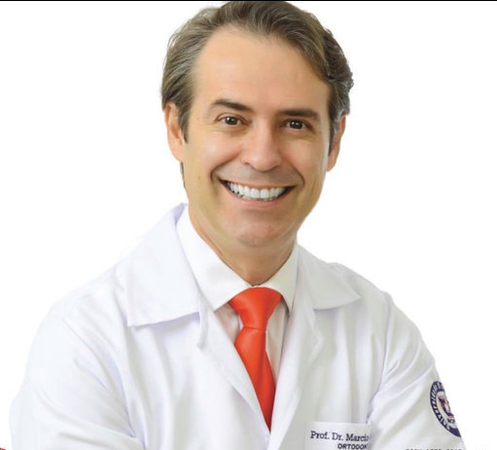
Minha paixão pela aviação começou, deveras, muito cedo. Quando eu era criança, em Bauru/SP, morávamos a apenas 50 metros da pista do aeroclube, onde observava, aturdido, grudado na cerca de arame farpado que circundava a pista, com olhos atentos, os aviões decolando e pousando. Boquiaberto, ficava imaginando como seria a sensação de poder ver a terra lá de cima, como um pássaro nas alturas, de sentir a força da gravidade de forma diferente daquela que mantém os nossos pés...
Leia mais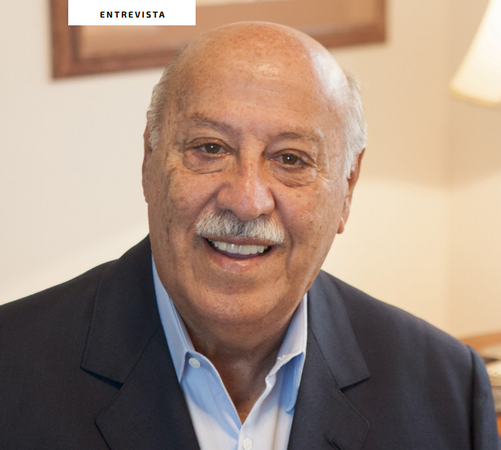
Apresentar o professor Mario Vedovello Filho não é tarefa das mais fáceis, mas é, certamente, fascinante, por ser repleta de fatos, análises e histórias que contam sobre a evolução da Graduação, da Pós-graduação e, lógico, da Ortodontia. Tendo o privilégio de ser sua filha e parceira de trabalho, tenho o ângulo que certamente poucos conhecem daquele que sabe ensinar, dividir e delegar — características dos mestres.
Leia mais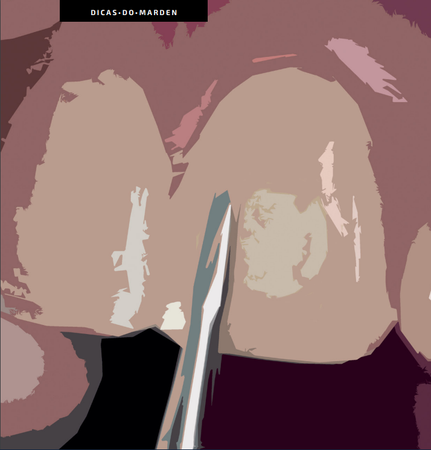
INTRODUÇÃO: A remoção de aparelhos ortodônticos fixos exige cuidados, para minimizar os danos ao esmalte dentário. OBJETIVO: O presente trabalho tem como objetivo descrever um protocolo seguro para a remoção dos braquetes ao fim do tratamento ortodôntico. CONCLUSÃO: O uso de brocas multilaminadas de tungstênio em baixa rotação, que permitem visualizar e remover a resina remanescente após a retirada dos braquetes, e o posterior polimento do esmalte com discos Sof-Lex oferecem um...
Leia mais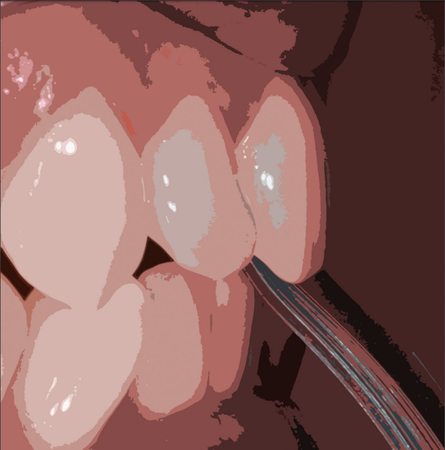
INTRODUÇÃO: Quando se faz o tratamento ortodôntico, utiliza-se a relação cêntrica (RC) para diagnosticar e tratar o paciente. Ao utilizar aparelhos fixos, essa conduta pode ser realizada pela manipulação do paciente na consulta inicial e nas demais. Com o advento dos alinhadores ortodônticos, a manipulação de diagnóstico pode ser realizada na consulta inicial; no entanto, como os alinhadores já vêm prontos, é necessário um escaneamento em RC para que a direção de tratamento...
Leia mais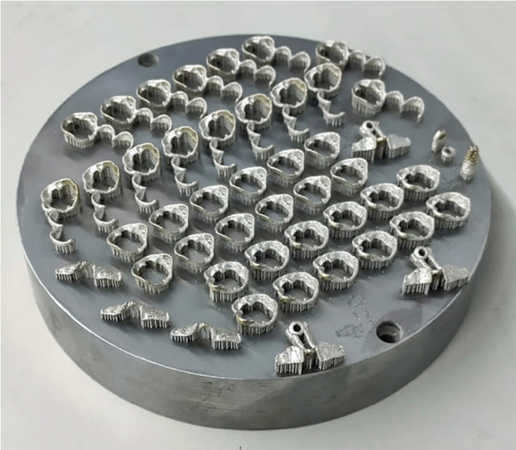
OBJETIVO: O objetivo do presente estudo piloto foi ilustrar a técnica digital Printed Orthodontics para confecção de aparelhos ortodônticos metálicos, pelo método de fusão seletiva a laser (sinterização). Com essa técnica, é possível confeccionar tanto os aparelhos convencionais, como o Hyrax, quanto os com ancoragem esquelética, como o Hyrax Híbrido. Ela utiliza o método CAD/CAM sem moldagens, com escaneamento intrabucal, modelagem 3D, fusão seletiva a laser, soldagem dos...
Leia mais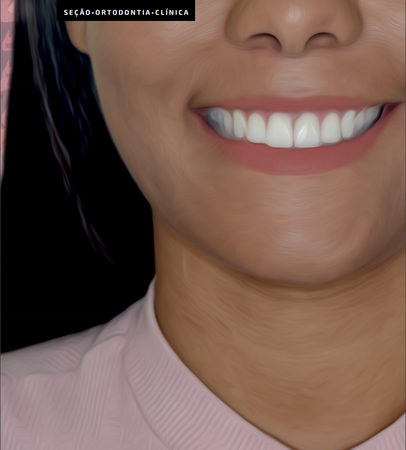
Introdução: O sorriso gengival é caracterizado pela exposição exagerada da gengiva durante o sorriso, e compromete de forma negativa sua estética. Para efetuar uma abordagem terapêutica mais precisa, muitos aspectos devem ser avaliados de forma cuidadosa, desde o grau de insatisfação dos pacientes, idade, sexo e tipo facial, até os fatores etiológicos. Vários fatores podem estar associados para promover o sorriso gengival, desde o mais grave, como o excesso vertical esquelético...
Leia mais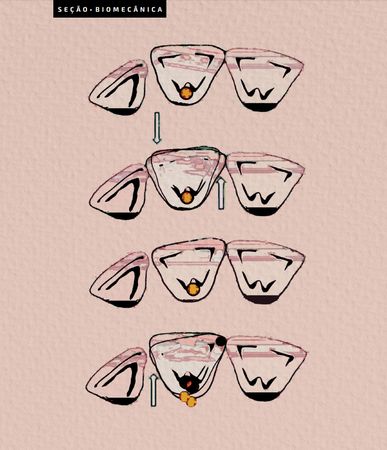
OBJETIVO: O presente artigo visa comparar a correção de rotações dentárias usando aparelhos fixos e usando alinhadores, de forma a explicar como essa correção pode ser mais previsível quando feita com alinhadores. MÉTODOS: O ortodontista pode utilizar os passos do estagiamento do seu setup para identificar rotações stand-alone e transformá-las em sinérgicas. CONCLUSÃO: Utilizar o estagiamento visual do setup somente como uma ferramenta de venda do tratamento, e não usá-lo...
Leia mais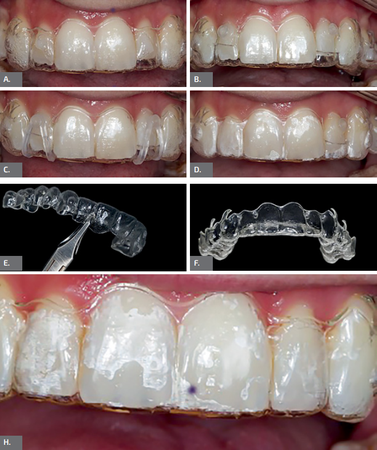
INTRODUÇÃO: Os movimentos extrusivos de incisivos laterais superiores estão entre aqueles que apresentam menor previsibilidade quando utilizamos alinhadores. O Bootstrap pode ser empregado como recurso auxiliar e promover a total extrusão desses dentes quando ocorre a perda de tracking. OBJETIVOS: Esse trabalho descreve o Bootstrap, recurso clínico auxiliar para recuperação do tracking de incisivos laterais superiores, e duas técnicas preconizadas pelos autores para manter a...
Leia mais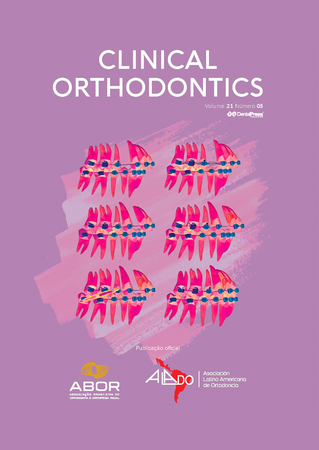
OBJETIVO: O presente relato de caso descreve o tratamento ortodôntico de uma má oclusão Classe II, divisão 1, com 8,0 mm de sobressaliência e sobremordida acentuada, tratada com aparelho fixo e extração dos primeiros pré-molares superiores. CASO CLÍNICO: A distalização dos caninos foi realizada com elásticos em cadeia, seguida pela retração dos incisivos superiores com alça teardrop e com dobras de terceira ordem, reduzindo a sobressaliência, em conjunto com elásticos...
Leia mais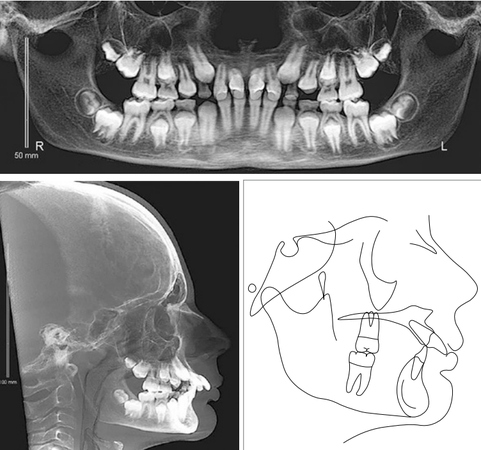
INTRODUÇÃO: Muitos ortodontistas preferem tratar a Classe II em uma fase. Porém, quando o paciente apresenta características que aumentam o risco de fraturas dos incisivos e afetam sua autopercepção, podendo levar ao bullying, deve-se considerar o tratamento da Classe II em duas fases, que pode ser uma excelente alternativa, devido às características que indicam essa abordagem. OBJETIVO: Descrever os resultados do tratamento ortodôntico em duas fases de um paciente com Classe II...
Leia mais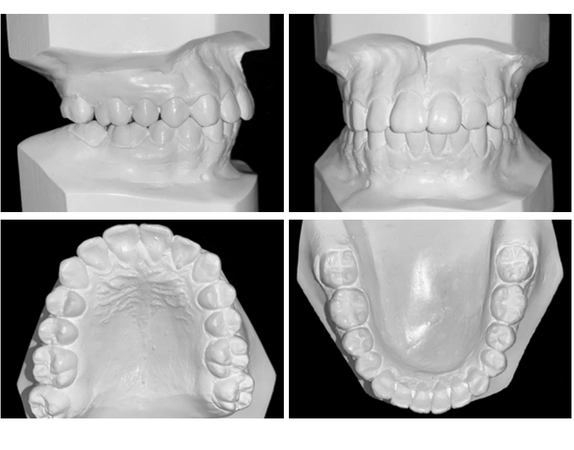
OBJETIVO: O presente relato de caso tem como objetivo apresentar o tratamento de um paciente com má oclusão de Classe II esquelética por retrognatismo mandibular acentuado, perfil convexo, linha mento-pescoço e terço inferior da face diminuídos. RELATO DO CASO: O paciente apresentava um bom padrão esquelético (mesofacial) e potencial de crescimento (início do surto pré-puberal); era portador de má oclusão de Classe II, divisão 1, com sobressaliência e sobremordida acentuadas,...
Leia mais
My passion for aviation started very early indeed.When I was a child, in Bauru/SP, we lived only 50meters away from the airstrip of the aeroclub,where I watched, stunned, glued to the barbedwire fence that surrounded the airstrip, with attentiveeyes, the planes taking off and landing.Amazed, I kept imagining how it would feel to beable to see the earth from above, like a bird onhigh, to feel the force of gravity differently fromthe one that keeps our feet firmly planted on theground. I grew...
Leia mais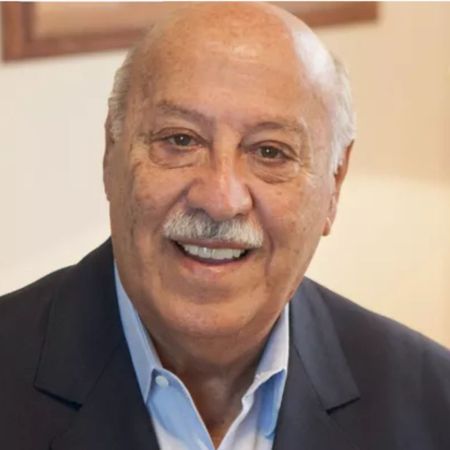
Introducing Professor Mario Vedovello Filho is notthe easiest of tasks, but it certainly is fascinating, asit involves innumerable facts, analyses and storiesthat recount the evolution of Undergraduate andGraduation studies and, of course, Orthodontics.Being privileged to be his daughter and work partner,I observe from an angle that certainly few knowof the person who knows how to teach, share anddelegate—characteristics of the masters.
Leia mais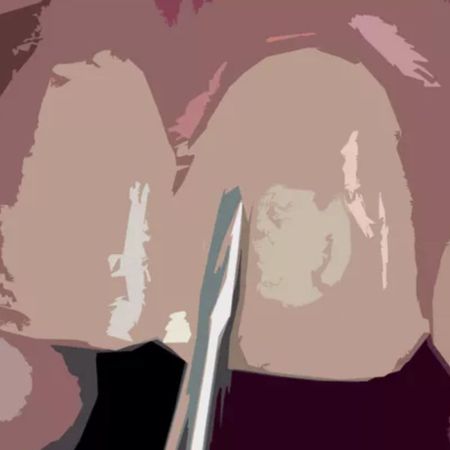
INTRODUCTION: Removal of fixed orthodontic appliancesrequires care to minimize damage to tooth enamel. OBJECTIVE:This study aims to describe a safe protocol for theremoval of brackets at the end of orthodontic treatment.CONCLUSION: The use of multi-laminated burs at lowspeed allows the visualization of the remaining compositeresin at the time of removal, and subsequent polishing ofthe enamel with Sof-Lex Discs offers a safe protocol forfinishing the treatment.
Leia mais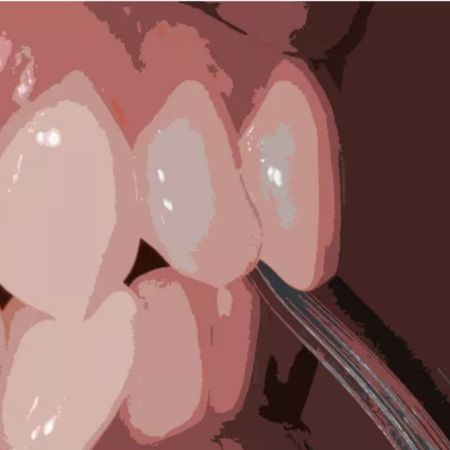
INTRODUCTION: When performing an orthodontictreatment, centric relation (CR) is usedto diagnose and treat the patient. Whenusing fixed appliances, this conduct canbe carried out by the manipulation of thepatient during the initial and the followingappointments. With the advent of orthodonticaligners, the diagnosis manipulation can becarried out at the initial appointment; however,since the aligners are received ready for use, a scanin CR is necessary so that the direction of treatment canbe...
Leia mais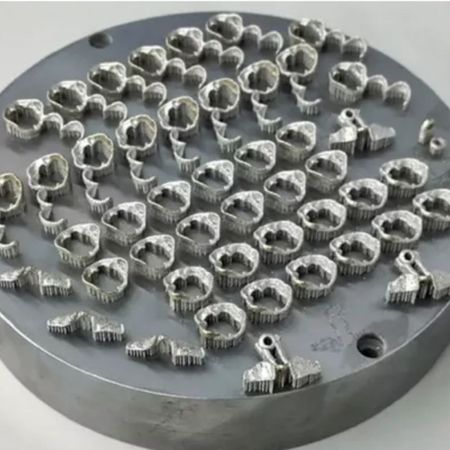
OBJECTIVE: The aim of this pilot study was to illustratethe Printed Orthodontics digital technique for the confectionof metal orthodontic appliances, by the selectivelaser fusion method (sintering). Through this methodit is possible to manufacture conventional applianceslike the Hyrax, or skeletal anchorage devices. It uses theCAD/CAM technique without orthodontic casting, withdigital dental scanning, modeling, selective laser fusion,accessories welded with laser, finishing and polishing....
Leia mais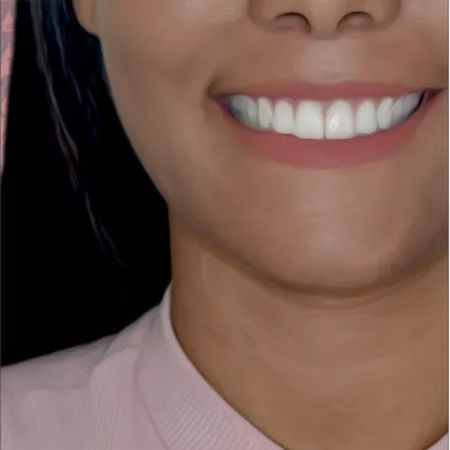
Introduction: The excessive gingival display is characterizedby an exaggerated exposure of the gingiva duringsmile, which negatively compromises its aesthetics.To make a more precise therapeutic approach, severalaspects must be carefully evaluated: the patients' degreeof dissatisfaction, age, sex, facial type and the etiologicalfactors. Several factors can be associated to causeexcessive gingival display, from the most severe, such asmaxillary skeletal vertical excess, to the simplest, such...
Leia mais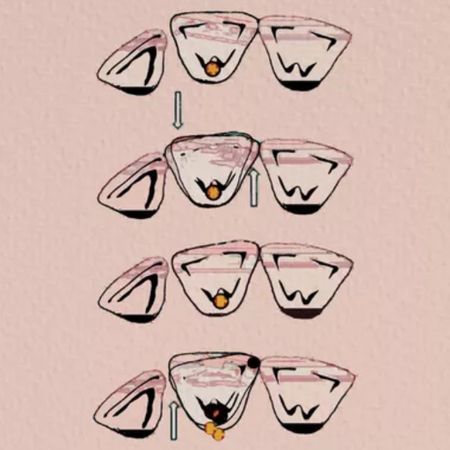
OBJECTIVE: This article aims at comparing the correctionof rotations with fixed appliances and with aligners, inorder to explain how the correction of rotations withaligners can be more predictable. METHODS: The orthodontistcan utilize the setup’s staging steps to identifystand-alone rotations, and transform them into synergisticones. CONCLUSIONS: Utilizing the setup’s visualstaging only as a treatment sales tool, and not utilizingit to evaluate, understand, and, if possible, modify...
Leia mais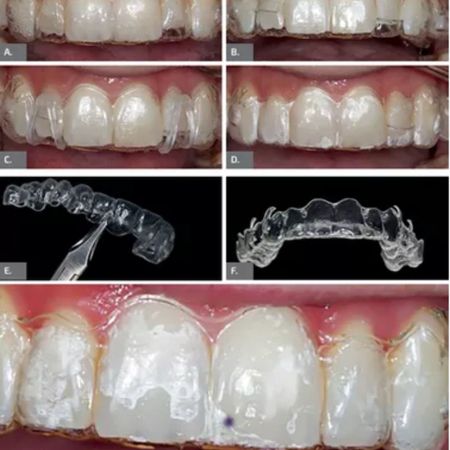
INTRODUCTION: The extrusive movements of the maxillarylateral incisors are among those that present lesspredictability when using aligners. Bootstrap can be usedas an auxiliary resource to promote the total extrusion ofthese teeth, when tracking loss occurs. OBJECTIVES: Thiswork describes Bootstrap, an auxiliary clinical resource forthe recovery of tracking of maxillary lateral incisors, andtwo techniques recommended by the authors to maintainthe dental position with passive aligners until the...
Leia mais
OBJECTIVE: This case report describes the orthodontictreatment of a Class II, division 1, malocclusion with 8.0-mmoverjet and deep overbite, using fixed appliance and maxillaryfirst premolars extraction. CASE REPORT: Caninedistalization was performed with power chain, followedby retraction of the maxillary incisors with teardrop looparchwire, with controlled third order bends, employed toreduce the overjet, in conjunction with Class II intermaxillaryelastics and transpalatal bar to avoid...
Leia mais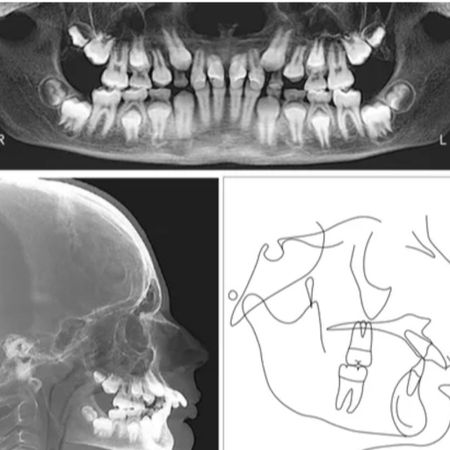
INTRODUCTION: Although many orthodontists preferto treat Class II malocclusion in one phase, when thepatient has characteristics that increase the risk ofincisor fracture and affect self-perception, which canlead to bullying, one should consider a two-phasetreatment, due to the characteristics that indicatethis approach, making it an excellent alternative.OBJECTIVE: To describe the two-phase orthodontictreatment outcomes of a Class II dental and skeletalpatient with 10-mm overjet, exaggerated...
Leia mais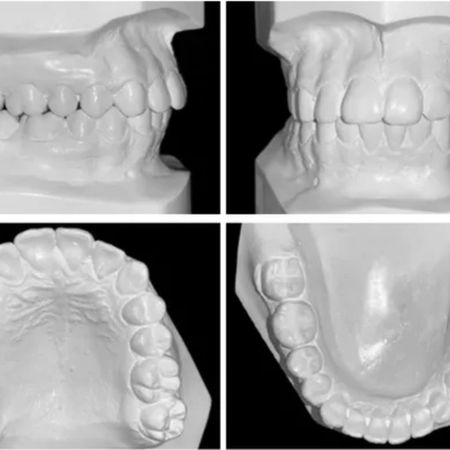
Objective: The objective of this article was to presentthe treatment of a patient with skeletal Class IIby marked mandibular deficiency, convex profile,reduced chin-neck line and lower third of the face.Case report: Male patient with favorable skeletalpattern (mesofacial) and growth potential (beginningof the growth spurt). He presents a Class II, division 1,malocclusion, with accentuated overjet and overbite,and accentuated curve of Spee. Initially, he was submittedto palatal disjunction...
Leia maisCopyright © 1998 - 2022 DentalGO | Todos Direitos Reservados. DentalGO é uma marca Dental Press